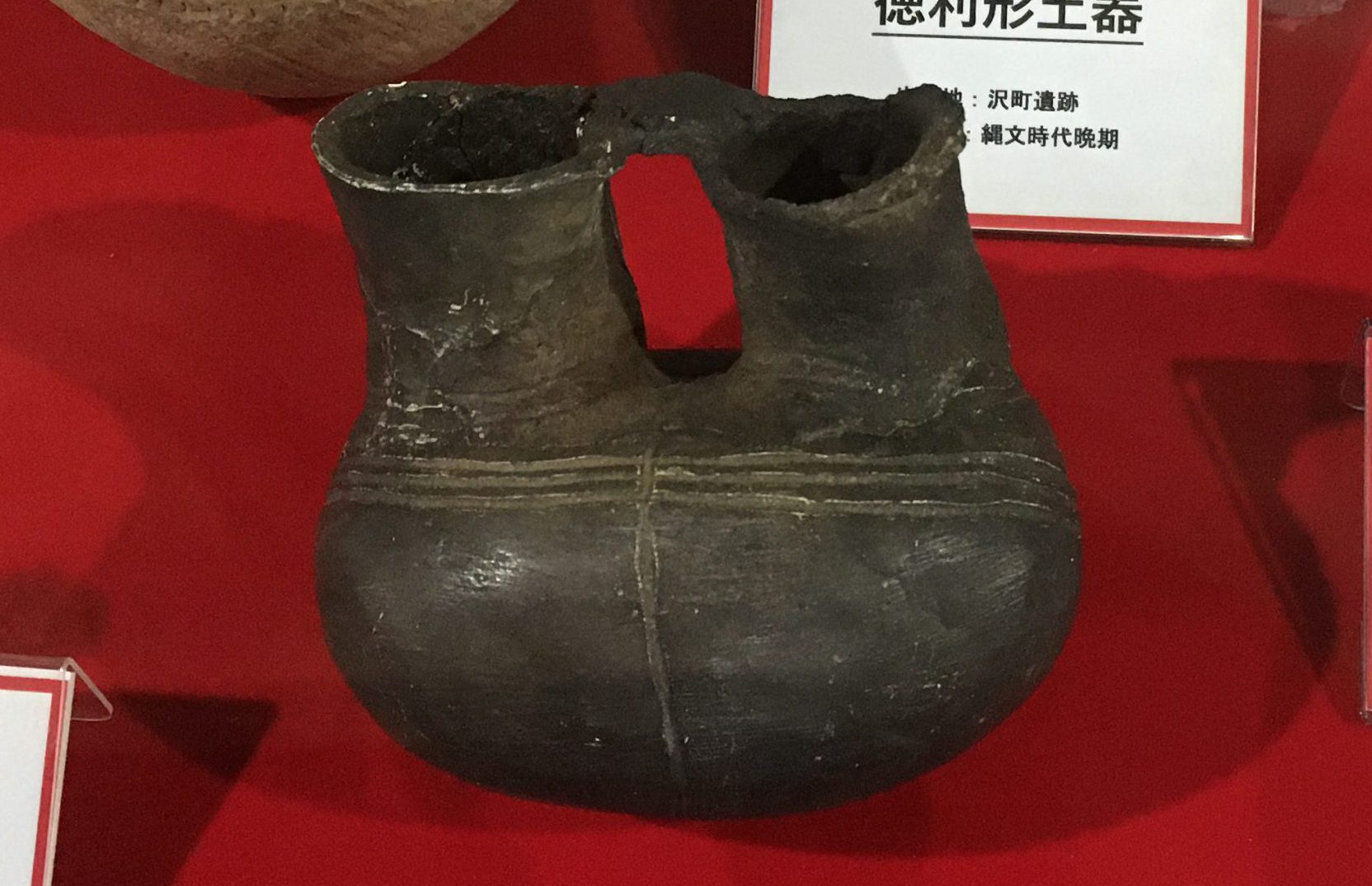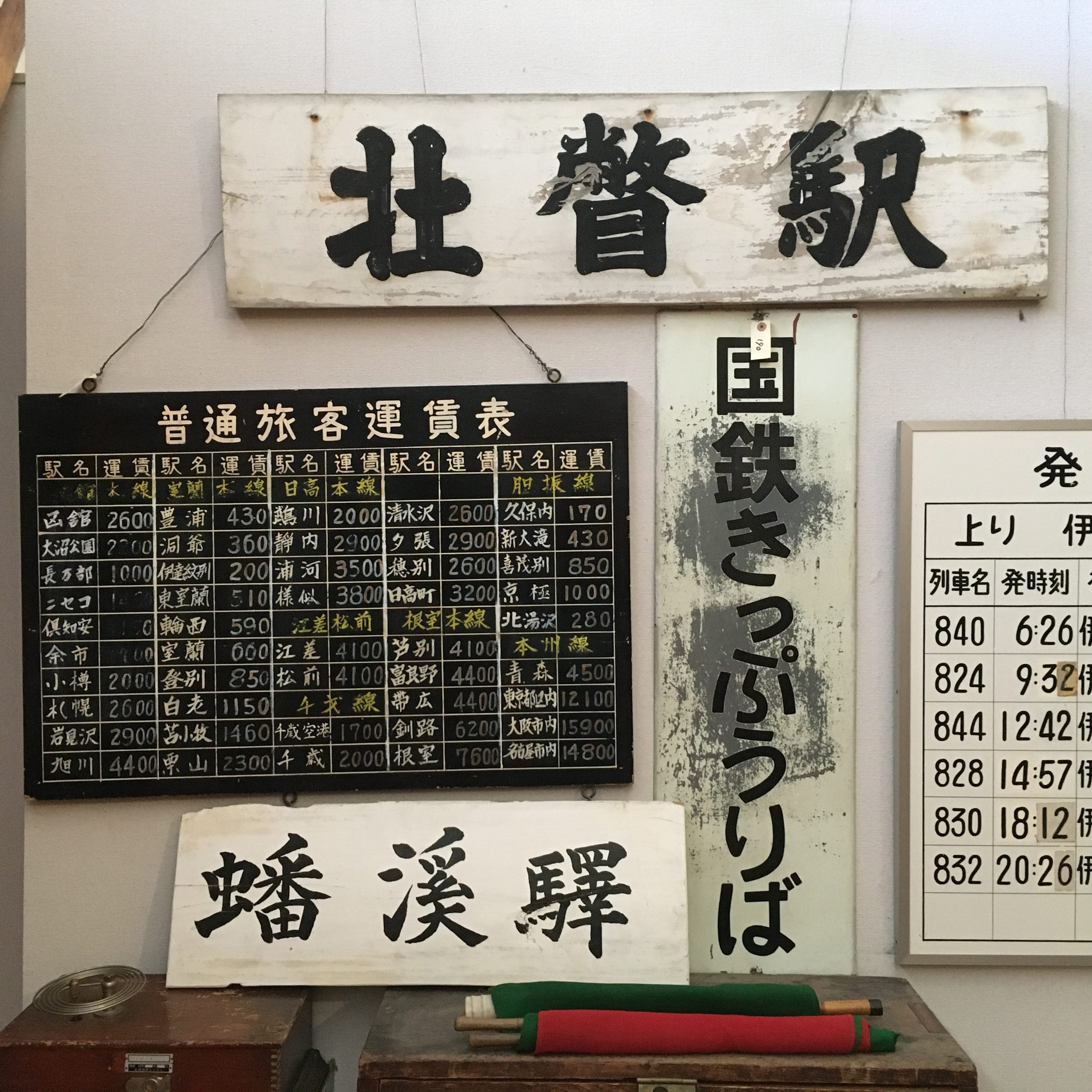同時期滞在日本AIRプログラム 大﨑土夢 制作レポート③ 〜仮説について〜 / Domestic Open Call 2021 Artist Tomu Osaki – Progress Report #3

[*English follows]
今週末には成果展”エリプスの匂い”がいよいよ始まります。
今回のプロジェクトは、言い換えれば「青木繁の眼差しを追う旅」でした。
大﨑さんがプロジェクトの核として立てた仮説をあらためて以下にご紹介します。
【仮説】
古代への憧憬、神話への興味、波打つ海岸線に興味を持っていた青木繁は、
かねてよりその多くが存在する北海道を強く意識するようになり、その旨を恩師である黒田清輝に相談した。
黒田はその熱意と構想画への更なる望みもあり青木の北海道行きを快く受け斡旋する。
黒田の義兄である橋口文蔵の繋がりにより北海道に以前から多く訪れていたこともあり、
青木の北海道滞在の話はスムーズに進んだ。
北海道紋鼈(もんべつ)(伊達市)の製糖所長だった橋口文蔵が1887年壮瞥町で農場を開き、
農業小屋として紫明苑を建てているが、1903年に橋口が死去して管理を考える時期であった為、
黒田は青木に紫明苑へ行ってそこをアトリエとして使用し絵画に打ち込むことを勧める。
紫明苑までの道中も多くモチーフを見つけられるはずとふんだ黒田は、小樽経由で壮瞥町まで行くことを命ずる。
青木も快諾し、北海道行きが決定する。
当時の小樽はニシン漁が盛んで、その活気に満ちた風景に触発された青木は長く小樽とその周辺に滞在した。
当時から話題であった手宮洞窟の壁面彫刻やえびす岩、大黒岩、ローソク岩も巡る。
壮瞥町の紫明苑に到着した1910年に新山(のちの明治新山別名四十三山)の隆起に遭遇する。
また紫明苑からほど近い洞爺湖へも頻繁に足を延ばす。
病が落ち着きを取り戻してはいたが、
衰弱することもあり湯治を兼ねていた壮瞥町での滞在は青木の英気を養い、更なる絵画制作への希望を見出すものとなった。
【実際の主な年表】
1866年 手宮洞窟の発見(小樽市)
1903年 橋口文蔵死去
1904年 青木繁《海の幸》制作
1907年 青木繁《わだつみのいろこの宮》制作
1910年 四十三山(明治新山)、噴火活動によって形成
1911年 青木繁死去
【青木繁仮想年表】
1908年 九州放浪をやめ、再度東京へ
1909年 病が落ち着き始める
1910年 黒田清輝の勧めにより北海道へ
1910年 小樽経由で壮瞥町の紫明苑へ。ニシン漁を目撃
1910年 四十三山(明治新山)、隆起に遭遇
1910年 壮瞥町滞在中に洞爺湖へ
1910年-11年 紫明苑をアトリエとして制作を行う
Tomu Osaki’s result show ‘The Smells Like Ellipse’ is starting this weekend.
The project in other words has been “the travel to look for the gaze of Shigeru Aoki”.
Here, we are revisiting Osaki’s hypothesis built as a core of it.
Hypothesis
Shigeru Aoki, with his keen interests in wave-hitting seashores and mythologies, yearning for the ancient times,
talked to his former teacher Seiki Kuroda about his aspiration toward Hokkaido, the land in which many of the subject of his interest existed.
Given his former student’s aspiration and expectation for the student’s works in progress, Kuroda decided to take good care of Aoki, and to help one’s travel to Hokkaido.
Thanks to the frequent visit to Hokkaido in the past, in connection with Kuroda’s step-brother Bunzo Hashiguchi, no significant obstacle held Aoki’s travel plan from being realized.
Although Hashiguchi, former chief at a sugar refinery in Monbetsu, Hokkaido, had built his own farming barn Shimei-en following the opening of his farm in Soubetsu in 1887, it was after his death in 1903 that Aoki was planning his travel. Given the management concerns on the barn, past its original owner’s death, Kuroda eventually suggested him to reuse it as his studio.
Otaru was chosen by Kuroda for the contact location. It was the teacher’s speculation that on his way from Otaru to Soubetsu, where Shime-en belonged, Aoki should find not a few motifs for his new works. The student agreed to this idea and finally, his travel was stamped official.
Aoki stayed in and around Otaru for quite a while. Its high-spirited landscapes, built upon the area’s herring fishing in its heyday, was a great inspiration for the painter.
To witness the subjects of spread reputations, he also toured around the Temiya Cave for its cave curving, the Ebisu Rocks, the Daikoku Rocks, and the Candle Rocks.
In 1910, just having arrived at Shimei-en, he even encountered the formation of mount Shinzan (which was renamed later as Meiji Shinzan and came to be known as Yosomi-yama).
Lake Toya was frequently his destination for a casual walk, located close to his barn-studio.
Aoki’s physical frailty during his Soubetsu years was relatively tranquilized compared to his usual condition, thanks to the spa treatment made possible there, and that nurtured his spirited aspirations for the further painting work.
Historical Timeline
1866 The discovery of the Temiya Cave (in Otaru)
1903 Bunzo Hashiguchi passes away
1904 Shigeru Aoki works on ‘Fruits of the Sea’
1907 Shigeru Aoki works on ‘Paradise Under the Sea‘
1910 The volcanic reclamation of Yosomi-yama (Meiji Shinzan)
1911 Shigeru Aoki passes away
Hypothetical Timeline of Shigeru Aoki
1908 Retires from Kyushu strolling and revisits Tokyo
1909 One’s physical frailty comes to be tranquilized
1910 Travels to Hokkaido according to the recommendation by Seiki Kuroda
1910 Gets to Shimei-en via Otaru. Witnesses the herring fishing.
1910 Visits lake Toya during his stay in Soubetsu.
1910-1911 Works on his paintings in his barn-studio, former Shime-en
